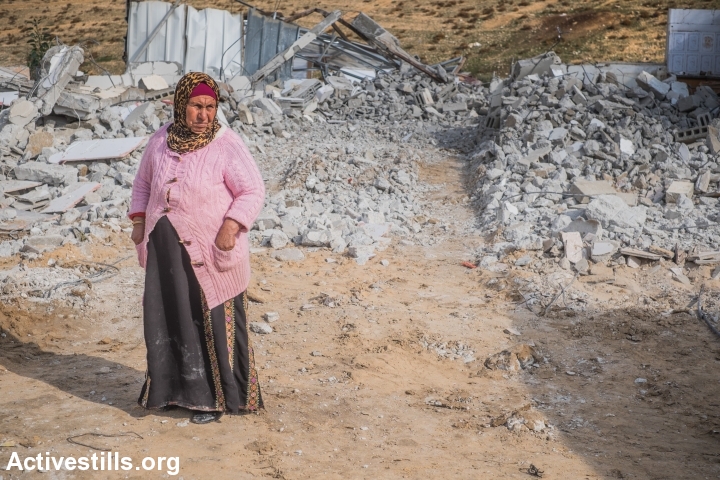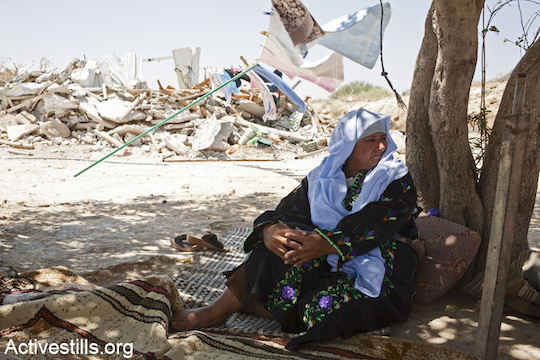The impulses that drove the dispossession of the 1948 war are still acted on today, on both sides of the borders it forged.

“Did you know I’m afraid of sleeping? … I’m scared of sleeping and waking to find myself in a strange land whose language I can’t speak. I’m scared I won’t wake up.”
—Elias Khoury, Gate of the Sun
There is an old Palestinian house on Ba’al HaTurim Street in Jaffa that sits quietly behind the trees. It is the kind of building that one could walk past every day and not see. I failed to notice it until one night a friend and I, walking on the other side of the road from the house, suddenly saw water at our feet. Following it to its source, the building appeared as if from nowhere, gently leaking into the street.
This house on Ba’al HaTurim is almost invisible. It is not empty, but it has an air of abandonment. It is abutted and overshadowed by a huge complex of new apartments in a colonial-style building. A single archway from the old Palestinian home juts out into the forecourt of the new complex, like a trailing branch from a tree that a landscaper forgot to snip away.
Israel-Palestine is full of such houses, remnants of over 400 Palestinian villages that were depopulated and destroyed during the lead-up to and creation of the State of Israel. Ruins from the Nakba pepper the country, along with empty sockets from communities and dwellings that vanished almost overnight.
For the millions of Palestinian refugees who to this day have been unable to return home, the Nakba continues. A brief interruption has turned into decades in stasis. With their narrative frequently repressed, the refugees and descendants of 1948 are now in a strange land where villages have become forests, the temporary has become permanent, and where an old house and its paralyzed history weep silently into the road.

“A war that captures dreams and re-dreams them.”
—Arundhati Roy, The God of Small Things
Yet it is not only in the ongoing displacement of Palestinian refugees that the legacy of the Nakba lives on. The impulses that drove the dispossession of 1948 continue to be acted on today, on both sides of the Green Line.
When Palestinians face being kicked out of their homes to make way for a Jewish town, or for trees in a forest, it must be understood that the Nakba is not a historical event but a process, and one that is ongoing.
When homes are regularly demolished in East Jerusalem, in the West Bank, in the Negev, in Dahmash, in Lydd, in the Jordan Valley there is a continuing policy of ethnic displacement at work.
When demolition orders hang over a village that is caught between settlers and the Israeli army and whose pleas for existence are summarily dismissed by the courts, the catastrophe is far from over.
When tens of thousands of Bedouin face forcible relocation and the razing of their villages — and told it is for their own benefit and advancement — the displacement and dispossession is not only physical, but mental. It is not just land that will be occupied, but also futures, desires. Ben-Gurion had a dream for the Negev and it must now be the dream of the Bedouin, too.
In recent months the fate of the Bedouin became a prize to be demanded in coalition negotiations between two ruling political parties. A handshake and a signature and the dream is sealed.
In this dream, a Palestinian family goes to sleep in their home one night and wakes the next day to be moved to another place, a new place, a place they didn’t elect to be their home. They wake to find that their home is about to come crashing down around their ears. It is as surreal and horrendous as a nightmare, except that they are not able to wake up.
Years later, you might walk past an old house or a quiet space, unnoticed amid the newness. And you might stop to ponder, just for a moment, whose dreams won the war.

